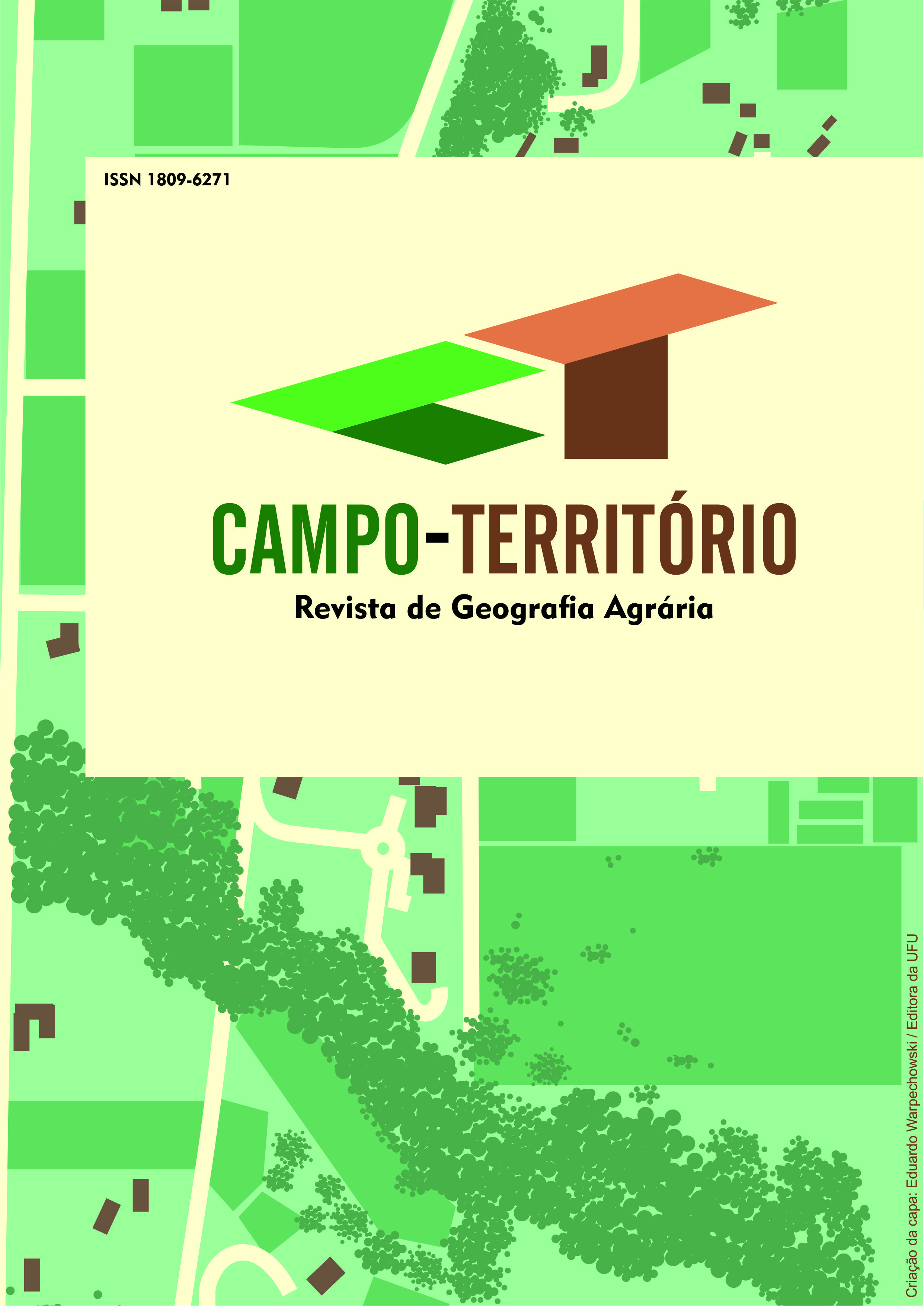The built territory from community forest management in the Sierra Norte de Puebla, Mexico
DOI:
https://doi.org/10.14393/RCT185271590Keywords:
landscape configuration, land use changes, Chignahuapan-Zacatlan, agrarian nuclei, forest coverAbstract
The Chignahuapan-Zacatlán region comprises seven municipalities in the northwestern part of the state of Puebla where there are 106 agrarian nuclei, the result of agrarian distribution policies. For decades, the structure and composition of the landscape in the region have been shaped by different factors, both natural and social. This article aims to explain the socio-environmental history of the region and the changes in the landscape that are the results of social relations. The results are obtained from participant observation, interviews, documentary review and vector data from the National Institute of Statistics and Geography (INEGI). The changes in the landscape focus on forest management as a territoriality promoted since the 1970s to involve forest owners in forest harvesting. A changing landscape was found over time with a diverse mosaic of land use (forest, agriculture, water bodies and human settlements). There is a tendency to the increase in the area of protected agriculture and urban areas. However, the forest area remains the same and even had a positive change of 0.58 %/year between 2003 and 2021. The conservation of forest cover indicates the favorable influence of forest management in the region, which, although it was promoted from external processes and actors, has been appropriated by the agrarian nuclei and private properties. Forest management creates multiple transformations in the form and content of the territories and its consideration will be necessary in territorial development proposals based on the collectiveness of the agrarian nuclei.
Downloads
Downloads
Published
How to Cite
Issue
Section
License
Copyright (c) 2023 Revista Campo-Território

This work is licensed under a Creative Commons Attribution-NonCommercial-NoDerivatives 4.0 International License.































